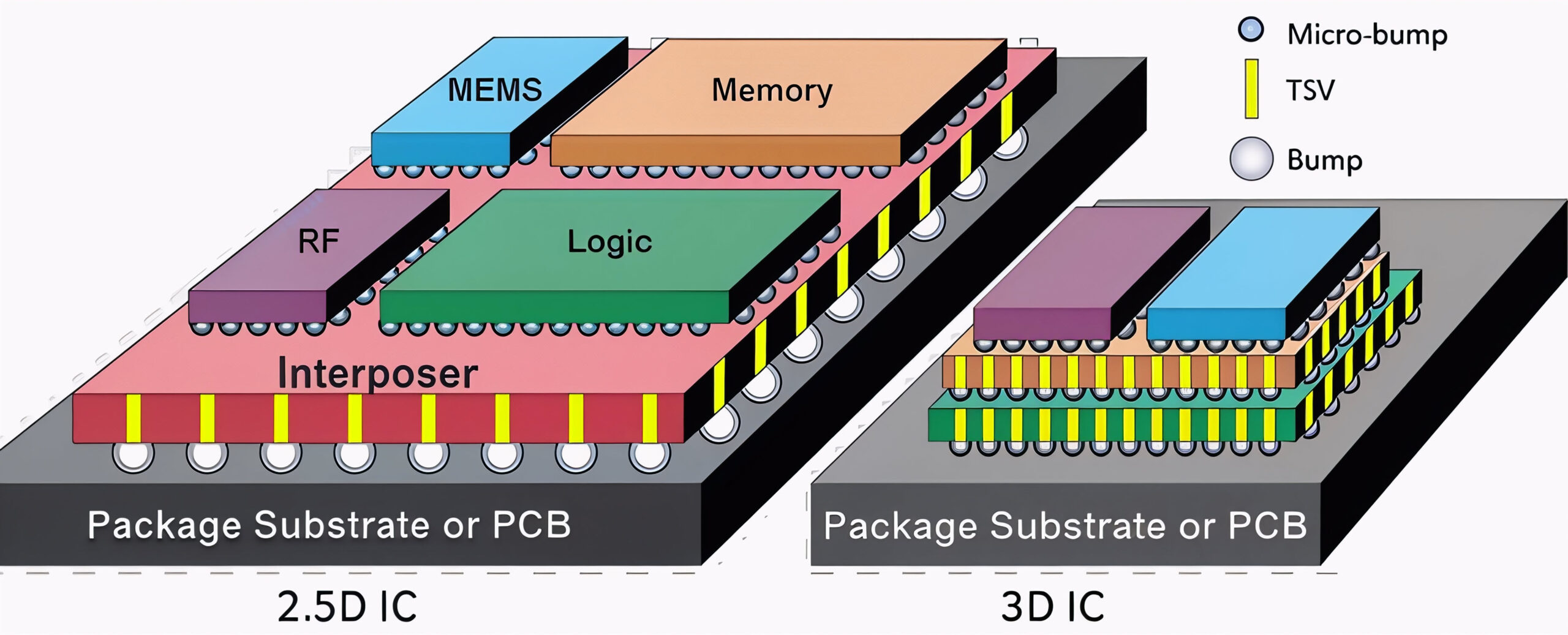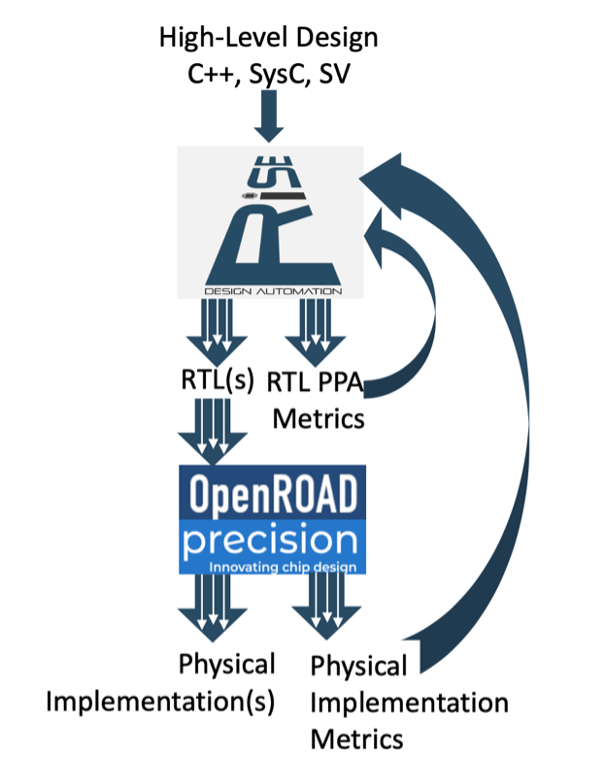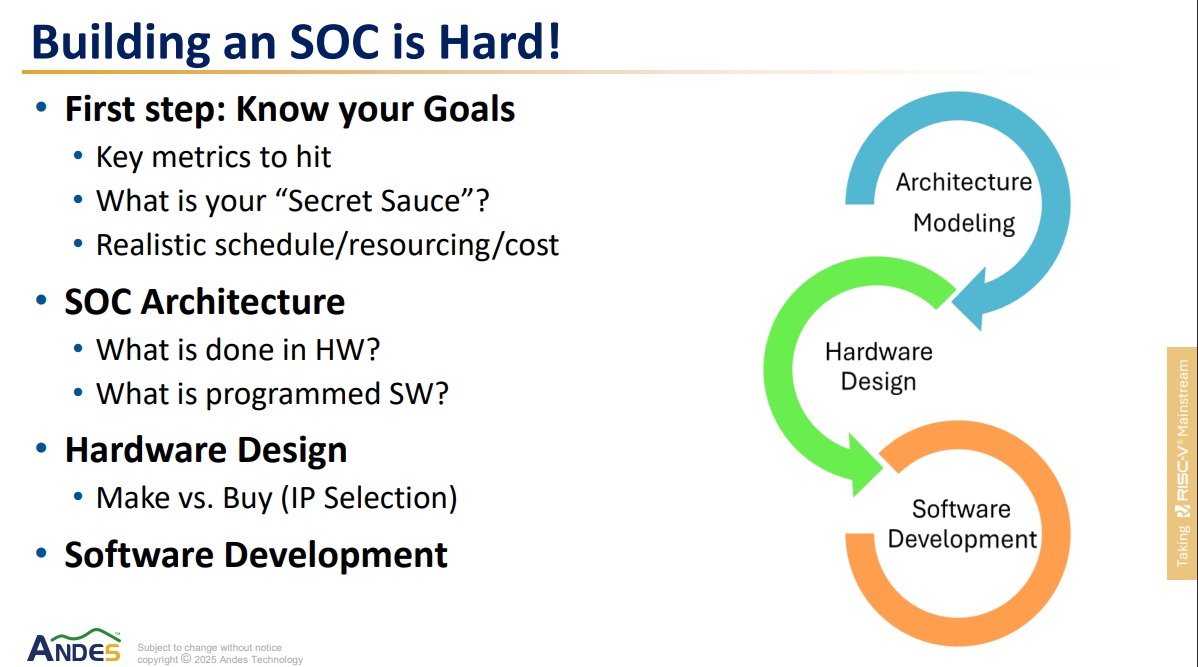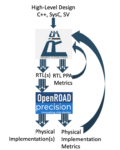In a compelling keynote at the RISC-V Summit North America 2025, Jeremy Dahan from AWS explored the challenges of embedded systems development and how cloud technologies can bridge the gap between local hardware tinkering and scalable, shareable environments. Drawing from his experience as an engineer, Dahan highlighted … Read More
 Cost, Cycle Time, and Carbon aware TCAD Development of new TechnologiesOur good friend Scotten Jones wrote a paper…Read More
Cost, Cycle Time, and Carbon aware TCAD Development of new TechnologiesOur good friend Scotten Jones wrote a paper…Read More 3D ESD verification: Tackling new challenges in advanced IC designBy Dina Medhat Three key takeaways 3D ICs…Read More
3D ESD verification: Tackling new challenges in advanced IC designBy Dina Medhat Three key takeaways 3D ICs…Read More Reimagining Architectural Exploration in the Age of AIThis is not about architecting a full SoC…Read More
Reimagining Architectural Exploration in the Age of AIThis is not about architecting a full SoC…Read MorePodcast EP323: How to Address the Challenges of 3DIC Design with John Ferguson
Daniel is joined by John Ferguson, senior director of product management for the Calibre products in the 3DIC space at Siemens EDA. He manages the vision and product offerings in the Calibre domain for 3DIC design solutions.
Dan explores the challenges of 3DIC and chiplet-based design with John, who describes the broad range of… Read More
How vHelm Delivers an Optimized Clock Network
In a prior post, I discussed how the clock is no longer just another signal at advanced nodes. Indeed, it is the most critical network on the chip. An optimized clock network can be the margin of victory for your next design. But extracting these benefits is challenging. The clock network is quite sensitive, and optimization can come… Read More
CEO Interview with Masha Petrova of Nullspace
Dr. Masha Petrova is CEO and co-founder of Nullspace Inc., a venture-backed company developing next-generation electromagnetic simulation software for RF and quantum computing applications. She brings 25 years of engineering software experience from executive roles at MSC Software, Altium, and Ansys, and several computational… Read More
Cost, Cycle Time, and Carbon aware TCAD Development of new Technologies
Our good friend Scotten Jones wrote a paper on a product that has been in joint development with Synopsys and is now available. Scott is currently President Semiconductor Manufacturing Economics and Senior Fellow at TechInsights. Scott and I have discussed this product many times and I feel it is ground breaking technology for… Read More
Quantum Computing Technologies and Challenges
There’s more than one way to build a quantum computer (QC) though it took me a while to find a good reference. I finally settled on Building Quantum Computers: A Practical Introduction. Excellent book but designed only for those who will enjoy lots of quantum math. I’m going to spare you that and instead describe a couple of the more… Read More
3D ESD verification: Tackling new challenges in advanced IC design
By Dina Medhat
Three key takeaways
- 3D ICs require fundamentally new ESD verification strategies. Traditional 2D approaches cannot address the complexity and unique connections in stacked-die architectures.
- Classifying external and internal IOs is essential for robust and cost-efficient ESD protection. Proper differentiation
Navigating SoC Tradeoffs from IP to Ecosystem
Building a complex SoC is a risky endeavor that demands careful planning, strategic decisions, and collaboration across hardware and software domains. As highlighted in Darren Jones’ RISC-V Summit presentation from Andes Technology, titled “From Blueprint to Reality: Navigating SoC Tradeoffs, IP, and Ecosystem,”… Read More
Reimagining Architectural Exploration in the Age of AI
This is not about architecting a full SoC from scratch. You already have a competitive platform, now you want to add some kind of accelerator, maybe video, audio, ML, and need to explore architectural options for how accelerator and software should be partitioned, and to optimize PPA. Now we have AI to help us optimize you’d like … Read More
S2C, MachineWare, and Andes Introduce RISC-V Co-Emulation Solution to Accelerate Chip Development
MachineWare, and Andes Technology today announced a collaborative co-emulation solution designed to address the increasing complexity of RISC-V-based chip design. The solution integrates MachineWare’s SIM-V virtual platform, S2C’s Genesis Architect and Prodigy FPGA Prototyping Systems, and Andes’ high-performance… Read More













Quantum Computing Technologies and Challenges